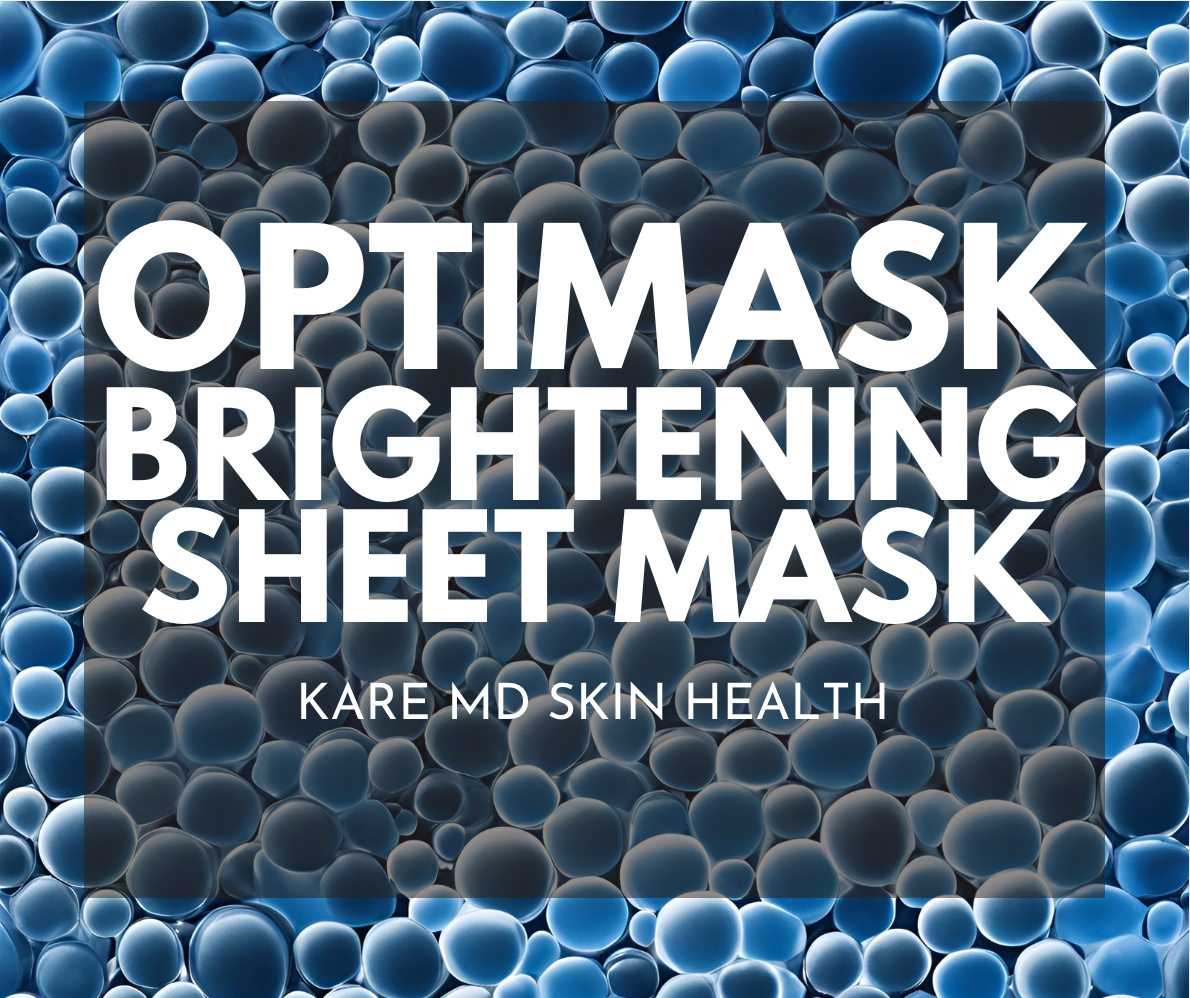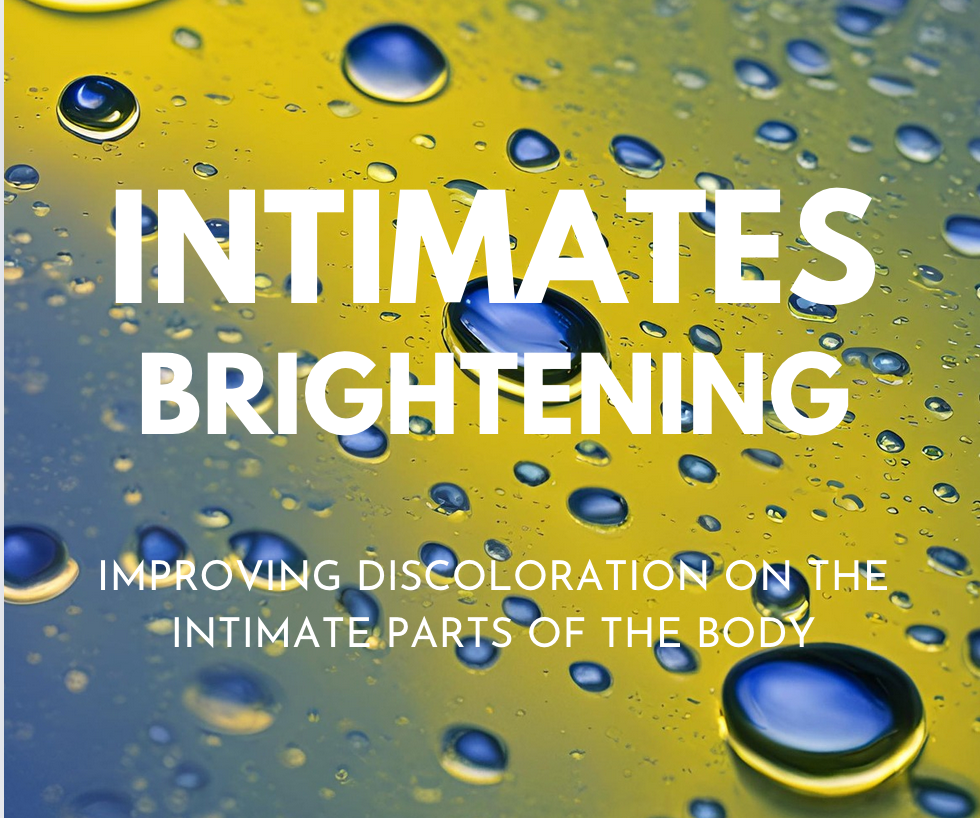If you have ever experienced insect bites, you probably already know that the first reaction you notice is burning and itching at the site of the bite. The itching is usually a result of your body’s inflammatory response to the bug bite, which in turn, may lead to skin discoloration and dark spots.
Most insect bites will leave a small area of redness and discoloration that stays on the skin for months to even years. These dark spots are resistant to conservative treatment; so it is usually not a bad idea to start topical treatment early to reduce pigmentation.
We often describe the pigmentation that occurs after an insect bite as post-inflammatory-hyperpigmentation (PIH). When the inflammatory cycle overstimulates the pigment cells to make melanin, what is usually left behind is a spot of discoloration on the skin.

If you are prone to dark insect bite scars, the best first step is to apply a hydrocortisone spot treatment on the area once you get bitten. This topical OTC preparation can reduce inflammation and abnormal stimulation of melanin. Once the redness and itching goes away, apply a topical dark spot repair to help reduce the development of pigmentation. We usually recommend a dark spot duo called Exfolase and Luminase.
Exfolase and Luminase make up the Kare Body Brightening regimen and they can be used together to reduce hyperpigmentation. It is always easier to prevent the discoloration, but if you already have developed it… use the dark spot duo as early as possible.
Luminase and Exfolase help exfoliate old pigmentation while at the same time reducing the formation of future discoloration. Mix both of the lotions together and apply to the affected areas once or twice daily, depending on the severity of your discoloration.



